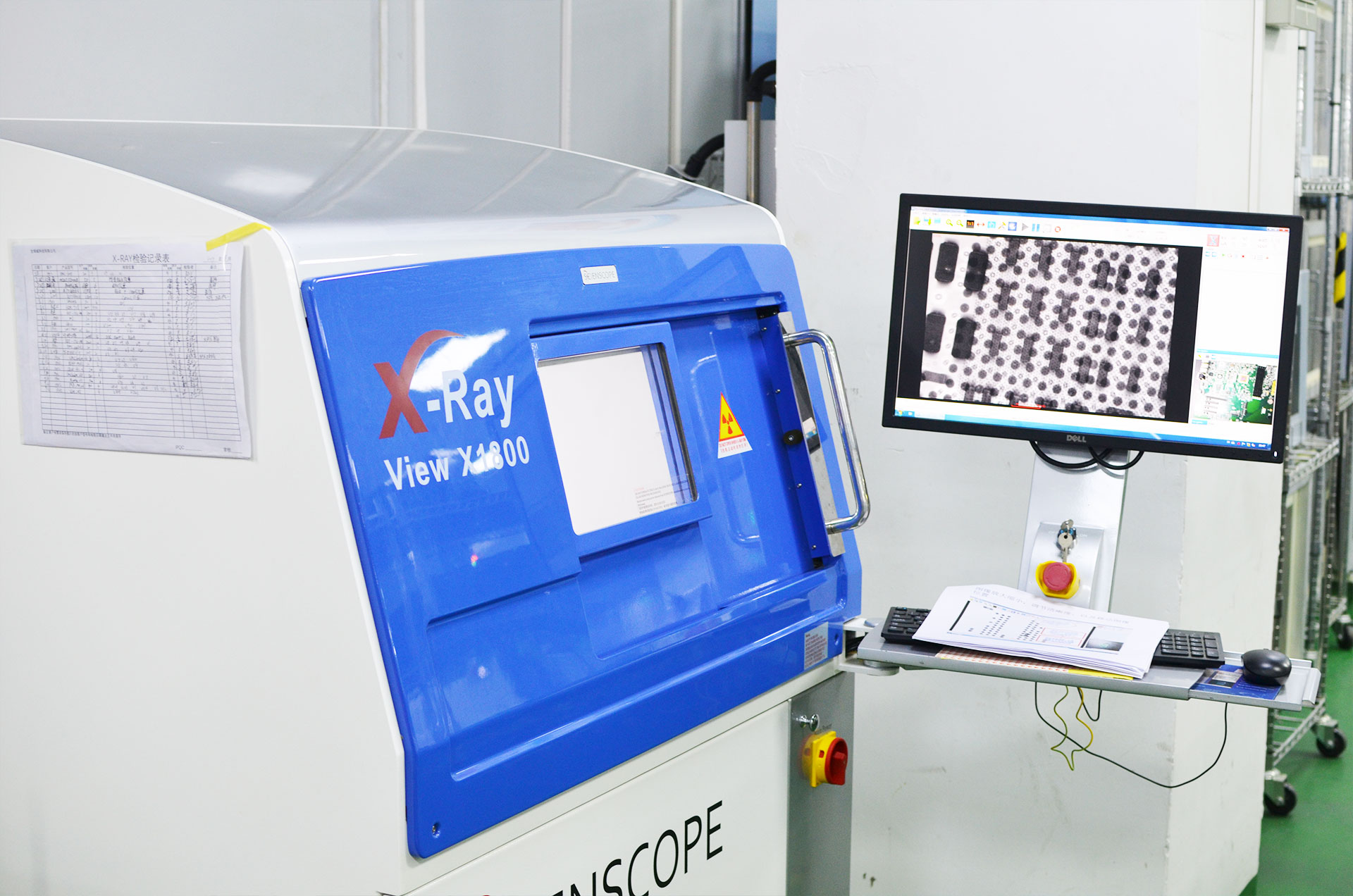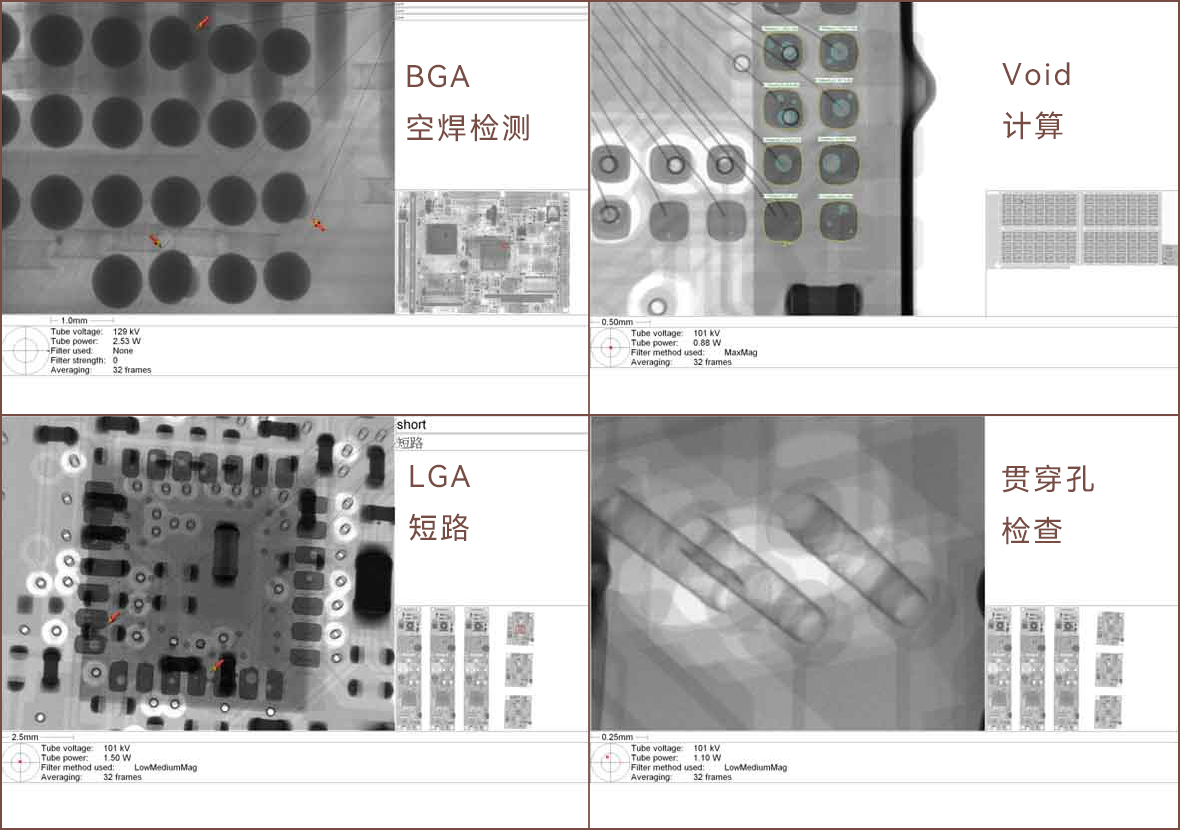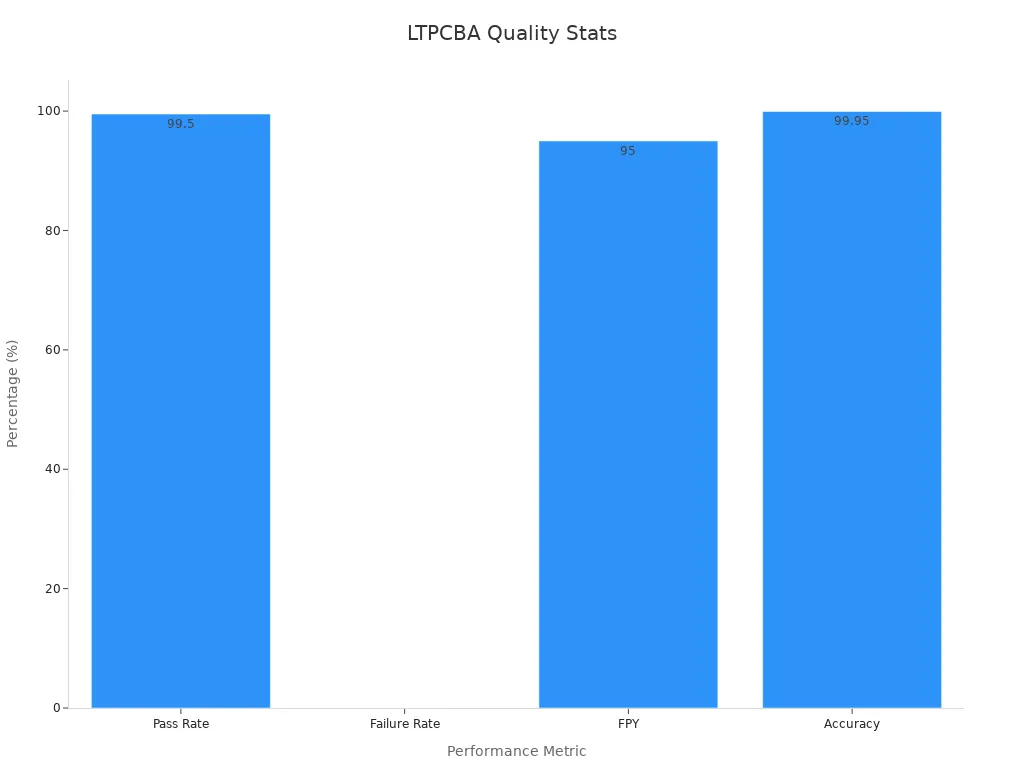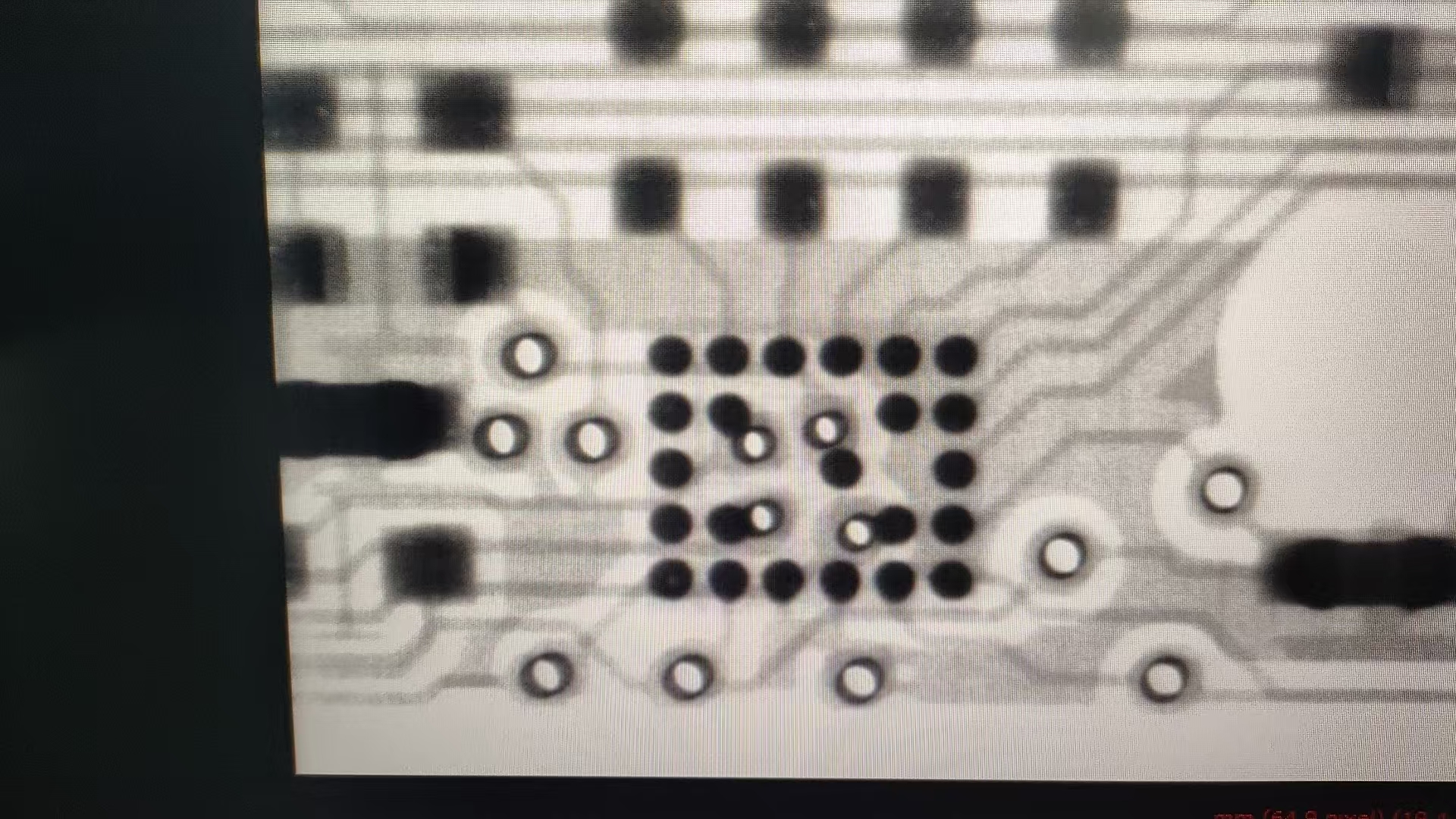How to Use X-Ray Inspection for Reliable Multilayer PCB Quality Control

You use x-ray inspection to spot hidden problems in multi-layer PCBs. X-ray inspection lets you see inside PCBs and find flaws that other checks miss. Electronics are getting smaller, so x-ray inspection is now more important. Many industries use new x-ray inspection methods for better quality control in pcb assemblies.
Key Takeaways
X-ray inspection shows hidden problems inside multilayer PCBs that other ways cannot see, like solder voids, cracks, and parts that are not lined up right. This helps make the boards work better.
Using both 2D and 3D x-ray inspection finds more problems fast. It does not hurt the boards. This saves time and lowers repair costs.
Using x-ray inspection with automated optical inspection gives the best quality check. It looks inside and on the surface of PCBs to find all problems.
X-Ray Inspection in Multi-Layer PCBs

Why X-Ray for PCB Assemblies
You want your multi-layer PCBs to work well. X-ray inspection lets you look inside your boards without breaking them. This way, you can check each layer and connection. You can find problems that you cannot see from outside. As electronics get smaller, more connections hide under chips and inside the board. X-ray inspection is the only way to check these hidden spots.
LTPCBA uses special x-ray inspection machines to look deep inside your PCBs. These machines use automated x-ray inspection and computed tomography x-ray inspection. Automated x-ray inspection checks each board fast and finds things like missing solder or parts that are not lined up. Computed tomography x-ray inspection makes 3D pictures, so you can see every layer and trace. This technology helps you find even tiny flaws, as small as 10 microns.
X-ray inspection is the best way to find hidden problems like voids, cold solder joints, and bad solder in multi-layer PCBs. Old ways, like looking at the board or doing electrical tests, cannot see inside or under parts like BGAs.
You can trust x-ray inspection to meet tough industry rules. IPC-A-600 and IPC-A-610 are the rules for PCB quality. X-ray inspection helps you follow these rules by finding hidden problems and making sure every board works well. LTPCBA follows these rules and uses x-ray inspection to give you good boards every time.
Detecting Hidden Defects
You need to find every problem in your PCBs to stop trouble later. X-ray inspection lets you look inside the board and find hidden problems that other ways miss. You can find solder voids, blocked vias, cracks inside, and layers that do not line up. These problems can make your board fail, even if it looks fine on the outside.
Here are some hidden problems you can find with x-ray inspection:
Solder voids under BGAs and QFNs
Cold solder joints that look okay but do not connect right
Blocked or unfinished vias inside the board
Cracks inside between layers
Layers or traces that do not line up
Solder bridges hiding under parts
Old inspection ways, like in-circuit testing or flying probe testing, only check if the board works. They cannot look inside or find physical problems. X-ray inspection lets you see every layer and every joint. You can use different angles to check for shorts, opens, and things that do not line up. Automated x-ray inspection makes this quick and correct.
LTPCBA uses x-ray inspection at every step of making boards. You get boards that meet the highest quality rules. The company uses special scores, like the Circuit Trace Fidelity Index and Layer Alignment Consistency Score, to check each board. These scores help you know your boards are made right, with no hidden problems.
When you use x-ray inspection, you control how you make boards better. You find problems early and fix them before they get worse. This saves you time and money and helps you feel sure about your boards.
X-ray inspection is very important for finding problems in multi-layer PCBs. You can trust this way to find hidden problems and make sure your boards work right. LTPCBA works hard to give you good boards every time.
X-Ray Inspection Process and Benefits
Inspection Steps
You use x-ray inspection to check for hidden problems in your PCBs. This way, you do not need to take the board apart. You can see inside the board without breaking it. Here are the steps to follow for a good inspection:
Setup and Calibration
Put your PCB in the x-ray machine. Set the machine for your board’s size and thickness. For multilayer PCBs, set the voltage between 80 and 120 kV. This helps you see all layers and connections.Image Capture
Start the scan. The x-ray goes through the PCB and makes pictures. Use 2D x-ray inspection for simple boards. Use 3D x-ray inspection for more complex boards. Automated x-ray inspection can scan many boards quickly.Analysis
Look at the pictures. Check for solder voids, parts that are not lined up, cracks, or blocked vias. Automated software can help you find problems fast. You can zoom in to see small flaws.Reporting
Save what you find. Reports have pictures, codes for defects, and notes. You can share these reports with your team. Real-time data helps you track each board and improve your work.
Tip: Use both 2D and 3D x-ray inspection to find more hidden problems in multilayer PCBs. This helps you catch flaws that other checks miss.
Types of Hidden Defects Found
X-ray inspection helps you find many problems you cannot see from outside. You can spot flaws deep inside the board, even under big chips or inside vias. Here are the main problems you can find:
Solder voids under BGA or QFN parts
Cold or unfinished solder joints
Parts or BGA balls that are not lined up
Blocked or unfinished vias
Cracks inside between layers
Solder bridges hiding under chips
Missing or lifted leads
You can use x-ray inspection to check every board for these problems. This way, you know your PCBs do not have hidden flaws. You can also use AOI for surface checks, but only x-ray inspection finds problems inside the board.
Note: X-ray inspection is very important for BGA and CSP packages. These parts hide their solder joints, so only x-ray can show if the connections are good.
LTPCBA Quality Assurance
You want your PCBs to be the best they can be. LTPCBA uses advanced x-ray inspection and other checks to make sure every board works well. The company follows strict rules and uses real-time data to watch every step.
LTPCBA has top certifications like ISO, IATF, UL, and IPC. These show the company meets world standards for quality and safety. LTPCBA uses automated x-ray inspection, AOI, and other tools to find problems early. The company also uses numbers like First Pass Yield (FPY), defect rate, and rework rate to keep quality high.
Here is a table showing LTPCBA’s quality numbers:
Metric/Aspect | Value/Description | Impact on Quality and Reliability |
|---|---|---|
Pass Rate (Assembly SMT Line) | Very high production success rate | |
Failure Rate (Functional Test) | 0.0003% | Extremely low defect rate |
First Pass Yield (FPY) | 95% target | Less rework, faster delivery |
Pick-and-Place Accuracy | 99.95% | Precise component placement |
Inspection Technologies | AOI, X-ray, ICT, Functional Testing | Early fault detection, up to 99% detection rate |
Quality Control Methods | SPC, AQL, DPPM, Burn-in Testing | Consistent quality and reliability |
Certifications | ISO, IATF, UL, IPC, SGS, RoHS | Meets international quality and safety standards |

LTPCBA also passes outside checks, like ISO13485:2016 and IATF16949:2016. The company uses high-end x-ray inspection machines and other tools to make sure every PCB meets your needs. You can trust LTPCBA for strong, high-quality PCBs with great defect detection and accuracy in finding problems.
Comparing X-Ray and AOI for PCB Assemblies

Strengths and Limitations
You need good ways to check your PCBs for problems. Automated optical inspection uses cameras and lights to find surface problems. It can spot missing parts, solder bridges, and polarity errors. This method is fast and works well for making lots of boards. But automated optical inspection cannot see problems under parts or inside the board. You might not find solder voids, cracks, or joints that are not lined up. These hidden problems can make boards fail later.
X-ray inspection lets you look inside your PCBs. You can find voids, cracks, and hidden solder problems under BGAs or QFNs. X-ray inspection is great for boards with many layers. It costs more and takes longer than automated optical inspection. You also need trained people to use x-ray inspection. Sometimes, high-density boards need very clear x-ray pictures to find small problems.
Here is a table to help you compare these two ways to check boards:
Aspect | Automated Optical Inspection | X-ray Inspection |
|---|---|---|
Inspection Scope | Surface flaws only | Internal and hidden flaws |
Speed | Very fast | Slower |
Cost | Lower | Higher |
Defect Detection | Surface flaws | Internal flaws, hidden solder issues |
Best For | High-volume, simple boards | Complex, multi-layer PCBs |
Tip: Use both inspection methods together. This helps you find more problems and makes your quality control better.
Best Use Cases
You should use automated optical inspection when you want to check for surface problems quickly. This way is best for simple boards or when you need to find missing parts, lifted leads, or solder bridges. X-ray inspection is best when you need to find problems inside the board. Use x-ray inspection for complex PCBs, boards with BGAs, or when you need to check for hidden solder problems.
For the best results, use both inspection methods together. LTPCBA uses both automated optical inspection and x-ray inspection in its process. This gives you fast checks for surface problems and deep checks for hidden problems. You can trust your PCBs will meet high standards and work well in any job.
When you use x-ray inspection, your multi-layer PCB is more reliable. X-ray helps you find hidden problems like solder voids, cracks, and parts that are not lined up. The table below shows how each problem can hurt your product:
Defect Category | Impact on Reliability |
|---|---|
Solder Voids | Joints are weak and can get too hot |
Opens & Cracks | Circuits can stop working |
Shorts & Bridging | Short circuits can break the board |
Component Alignment | The board may not work right |
Insufficient Solder | Connections are weak and not good |
Excess Solder | Can cause bridges and hidden problems |
PTH Fill | Connections are weak and not steady |
Finding problems early with x-ray saves money on repairs and gives you more good boards.
Using machines and tracking data helps make quality better.
LTPCBA uses special x-ray tools and checks to give you strong boards.
Pick LTPCBA if you want PCBs you can trust and great quality control.
FAQ
How does x-ray inspection help you find hidden PCB defects?
X-ray inspection lets you see inside your PCB. You can spot solder voids, blocked vias, and cracks that you cannot see from the outside.
Can you use x-ray inspection for all PCB types?
You can use x-ray inspection for most PCB types, especially multilayer and complex boards. It works best for boards with hidden joints like BGAs and QFNs.
What makes LTPCBA’s x-ray inspection different?
LTPCBA uses advanced x-ray machines and strict quality checks. You get fast, accurate results and strong boards that meet international standards.
See Also
Improving PCBA Quality Control Through Advanced X-Ray Inspection
Ensuring Perfect BGA Assembly Using Effective Quality Control
SPI Visual Inspection Importance After SMT Solder Paste Printing
Conducting Thorough Incoming Inspections For SMC And SMD Parts
